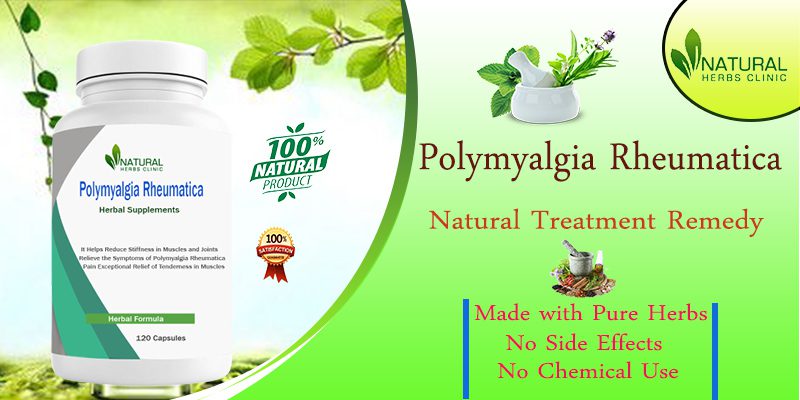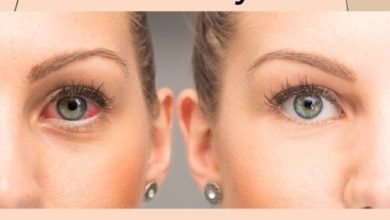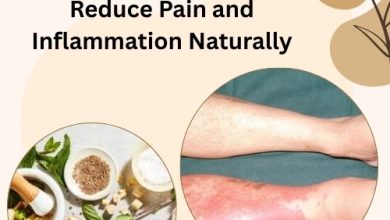Perspective About Polymyalgia Rheumatica Cure with Home Treatments

If you’re seeking Polymyalgia Rheumatica Home Treatments then there are a number of helpful home remedies available that are affordable.
Introduction
Polymyalgia rheumatica is a painful condition that causes stiff and aching muscles. It may be caused by an immune system problem, but it can also occur without an underlying cause. If your doctor diagnoses you with polymyalgia rheumatica and advises against taking any medications, it’s important to know that there are at least some treatments that can help relieve the symptoms of this condition.
Polymyalgia Rheumatica Causes
Although the exact etiology of polymyalgia rheumatica is unknown, it is believed that a combination of hereditary and environmental factors is to blame. The condition polymyalgia rheumatica is age-related. The majority of those diagnosed with it are over 70, while cases in those under 50 are quite uncommon. Women experience it more frequently than men do.
Symptoms
Aches or pain in your shoulders.
Aches or pain in your neck, upper arms, buttocks, hips, or thighs.
Stiffness in affected areas, particularly in the morning or after being inactive for a time.
Limited range of motion in affected areas.
Pain or stiffness in your wrists, elbows, or knees.
Utilize mention below Polymyalgia Rheumatica Home Treatments if you want to get rid of the condition completelyl
Unmedicated polymyalgia rheumatica treatment
- Rest. This is the most important part of your treatment plan. You should rest as much as possible, even if that means sleeping in on weekends or taking a few days off work.
- Avoid stress and pain. If you have polymyalgia rheumatica, try to avoid situations that may trigger symptoms such as being around people who are sick (especially children), exercising too vigorously, or taking hot showers after exercising outdoors in extreme heat or cold weather conditions
If a cure is possible, it is important to know that a cure is possible.
If a cure is possible, it is important to know that a cure is possible. It’s not always easy to believe this because it sounds like it could be too good to be true—but it’s not! A cure can happen if you take the steps necessary and work hard enough.
However, even though there are plenty of people who have successfully treated their own symptoms with home remedies like these, there are still many others who have failed or haven’t been able to achieve any success at all in their attempts at self-healing. The truth is that there may not ever be an exact science behind why some people end up getting better while others don’t; however, one thing we do know for sure is that no matter what happens within yourself during this process of recovery from polymyalgia rheumatica syndrome (PMR), you will eventually make progress by doing something good for yourself every day!
Polymyalgia Rheumatica Home Treatments
Natural Treatment for Polymyalgia Rheumatica aims to lessen discomfort, stiffness, and achiness. Treatment for polymyalgia rheumatica includes medications to lessen the pain as well as real exercise and rest for a few folks to maintain joint flexibility, muscle excellence, and ability.
You must promptly begin treatment if you have polymyalgia rheumatica. To fully recover a typical degree of movement in your shoulders and hips can become more taxing the more you hold up. Don’t wait to get rid of your polymyalgia rheumatica; there is an effective natural treatment for it.
Stress can be managed with medications like Polymyalgia Rheumatica, which Natural Herbs Clinic recommends. Controlling the symptoms of polymyalgia rheumatica is made much easier by polymyalgia rheumatica. After using the dose, stiffness completely disappears in some PMR patients.
Give importance to an anti-inflammatory diet
Today’s theories on polymyalgia rheumatica are heavily influenced by the concept of inflammation. Joint inflammation appears to be the root cause of radiating pain and stiffness in the surrounding muscles. Although it has not been proven that an anti-inflammatory diet will treat polymyalgia rheumatica or its symptoms, many medical professionals advise it as a quick way to give your body extra anti-inflammatory resources. You may also notice that some foods either improve or worsen your symptoms. This can help you customize your own “polymyalgia rheumatica diet” to meet your unique needs. Please be aware that if you have additional medical conditions like diabetes or heart disease, your diet may need to adjust. The following anti-inflammatory dietary suggestions are suggested for people with polymyalgia rheumatica.
Eat healthy fats to maintain your health. Walnuts, flax, salmon, and other fatty fish, along with fish oil supplements, coconut oil, eggs, and other foods, all contain omega-3 fatty acids. This is potentially one of the effective, natural home remedies for polymyalgia rheumatica.
Curcumin, also referred to as turmeric, has been demonstrated to be effective in treating depression, pain, and inflammation. It has been shown in numerous trials to be very helpful in treating the signs and symptoms of diseases like rheumatoid arthritis that are connected to polymyalgia rheumatica. To find out your ideal daily dosage, go to your doctor. To get the best results, incorporate turmeric into your Polymyalgia Rheumatica Natural Treatment.
Conclusion
If you have polymyalgia rheumatica and are in need of a cure, it is critical that you get help right away.




